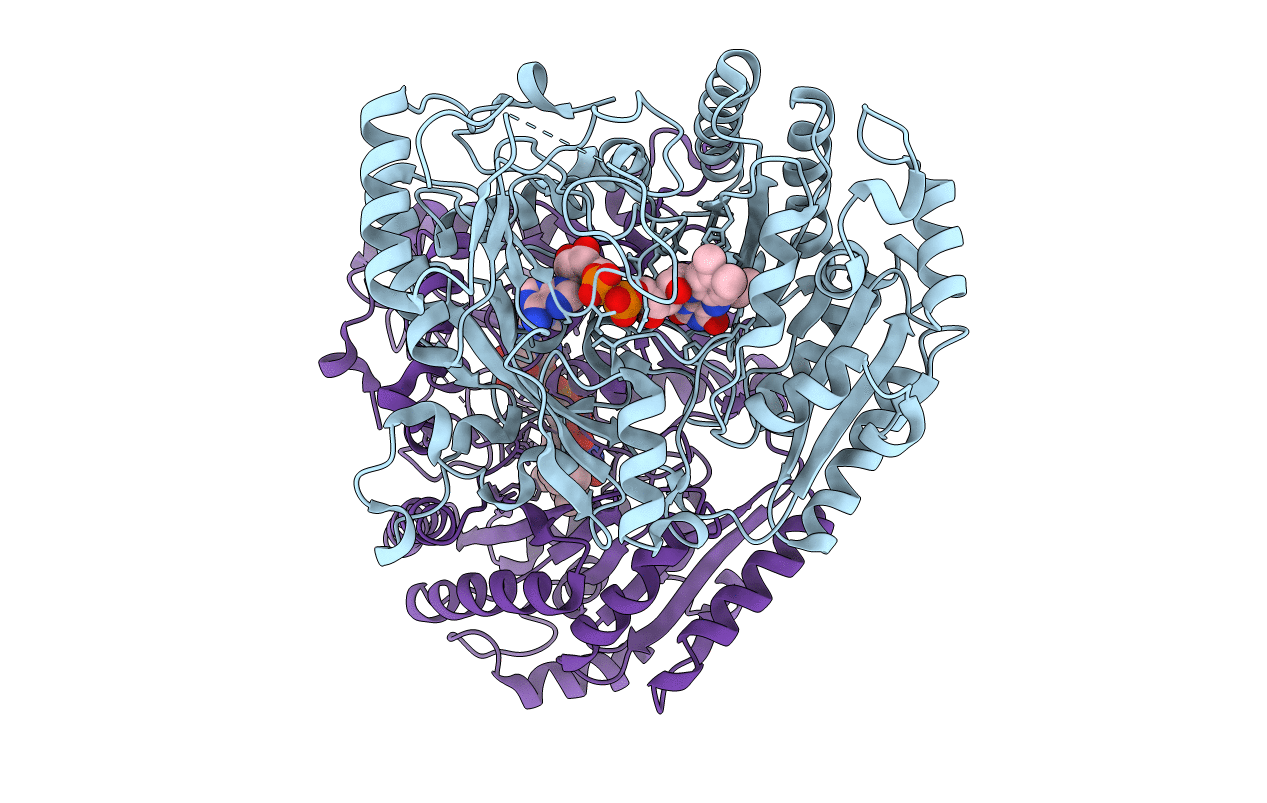
Deposition Date
2004-06-22
Release Date
2004-07-02
Last Version Date
2024-11-13
Entry Detail
PDB ID:
1W1M
Keywords:
Title:
STRUCTURE OF THE OCTAMERIC FLAVOENZYME VANILLYL-ALCOHOL OXIDASE: Glu502Gly Mutant
Biological Source:
Source Organism:
PENICILLIUM SIMPLICISSIMUM (Taxon ID: 69488)
Host Organism:
Method Details:
Experimental Method:
Resolution:
3.00 Å
R-Value Free:
0.30
R-Value Work:
0.21
R-Value Observed:
0.22
Space Group:
I 4


